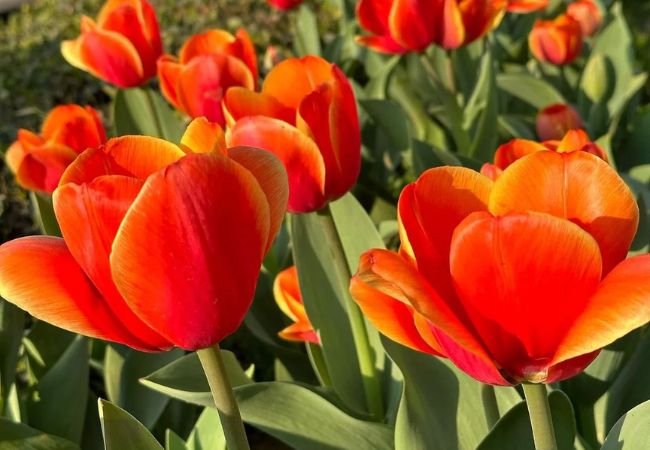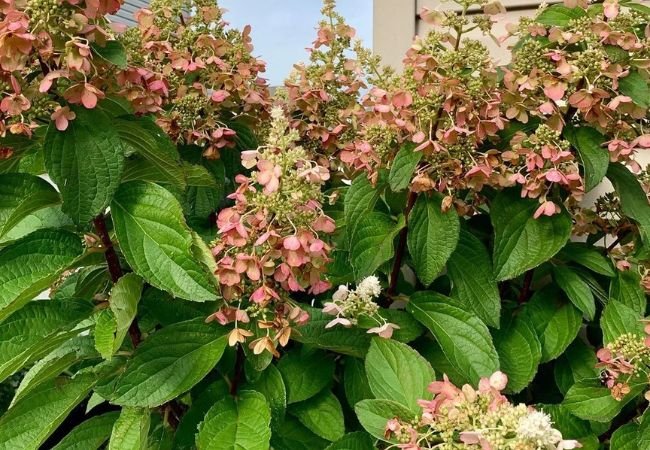Discover the best shade tolerant plants for slopes that offer both erosion control and aesthetic appeal. Learn about planting and maintenance tips to keep your sloped garden thriving.
Gardening on a slope can be a unique challenge, but it also presents an opportunity to create a stunning and functional landscape. Whether you’re dealing with a shady hillside or a sun-drenched incline, selecting the right plants is key to preventing erosion and maintaining visual appeal. In this guide, we’ll explore the best shade tolerant plants for slopes, offering you a blueprint for a thriving, low-maintenance garden.
Why Plant for Slopes?
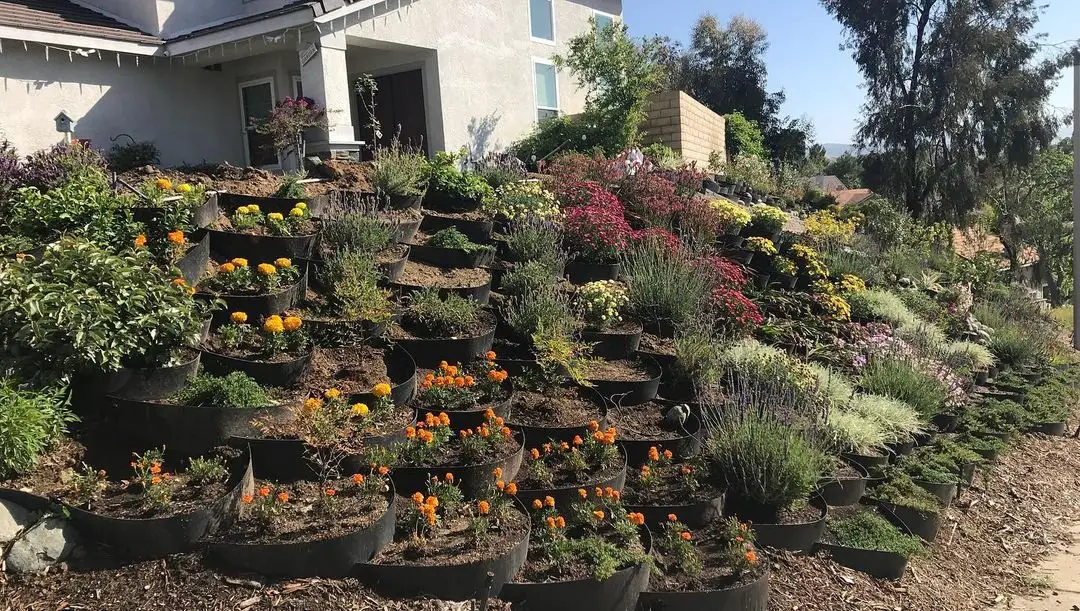
Slopes present several challenges for gardeners, but with the right approach, you can transform them into lush, vibrant spaces. Here’s why planting for slopes is so important:
- Erosion Control: Slopes are prone to soil erosion, which can lead to costly damage and instability. Carefully chosen plants with robust root systems can help anchor the soil and prevent washouts.
- Aesthetic Appeal: A well-designed sloped garden can be a true showstopper, adding visual interest and depth to your outdoor space.
- Increased Usable Space: By planting on a slope, you can maximize the available land and create the illusion of a larger garden.
- Improved Drainage: Sloped gardens often have better drainage, allowing for a more diverse range of plant species.
Shade-Tolerant Plants for Slopes
When selecting plants for a shaded slope, look for species that can thrive in partial to full shade while also providing erosion control.
Here are some of the best options:
Groundcovers
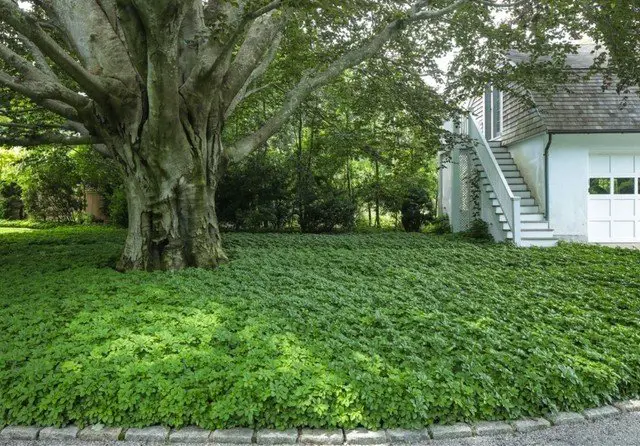
- Pachysandra (Pachysandra terminalis)
- Ivy (Hedera helix)
- Periwinkle (Vinca minor)
- Creeping Jenny (Lysimachia nummularia)
Shrubs
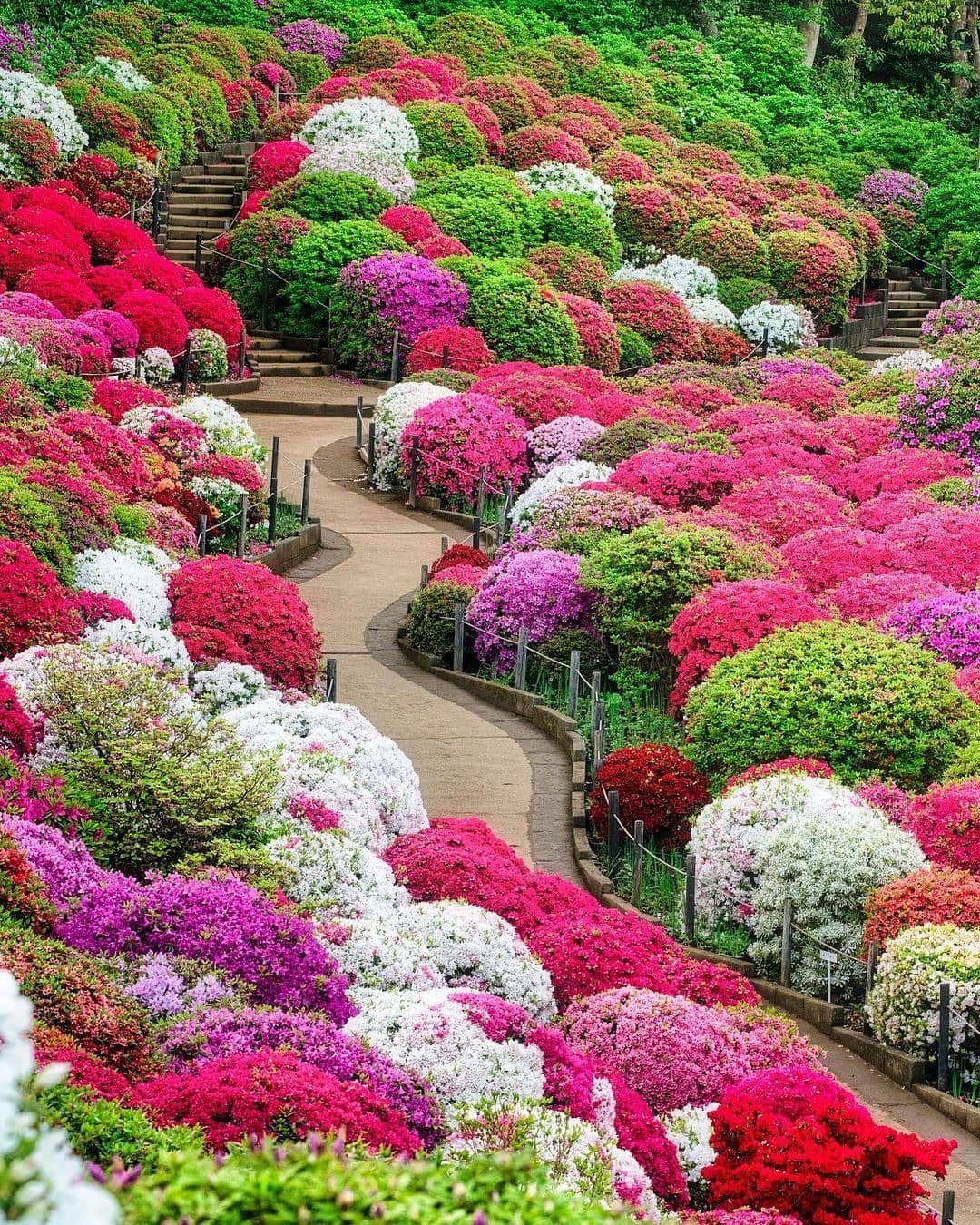
- Summersweet (Clethra alnifolia)
- Oakleaf Hydrangea (Hydrangea quercifolia)
- Azalea (Rhododendron spp.)
- Brunnera (Brunnera macrophylla)
Perennials
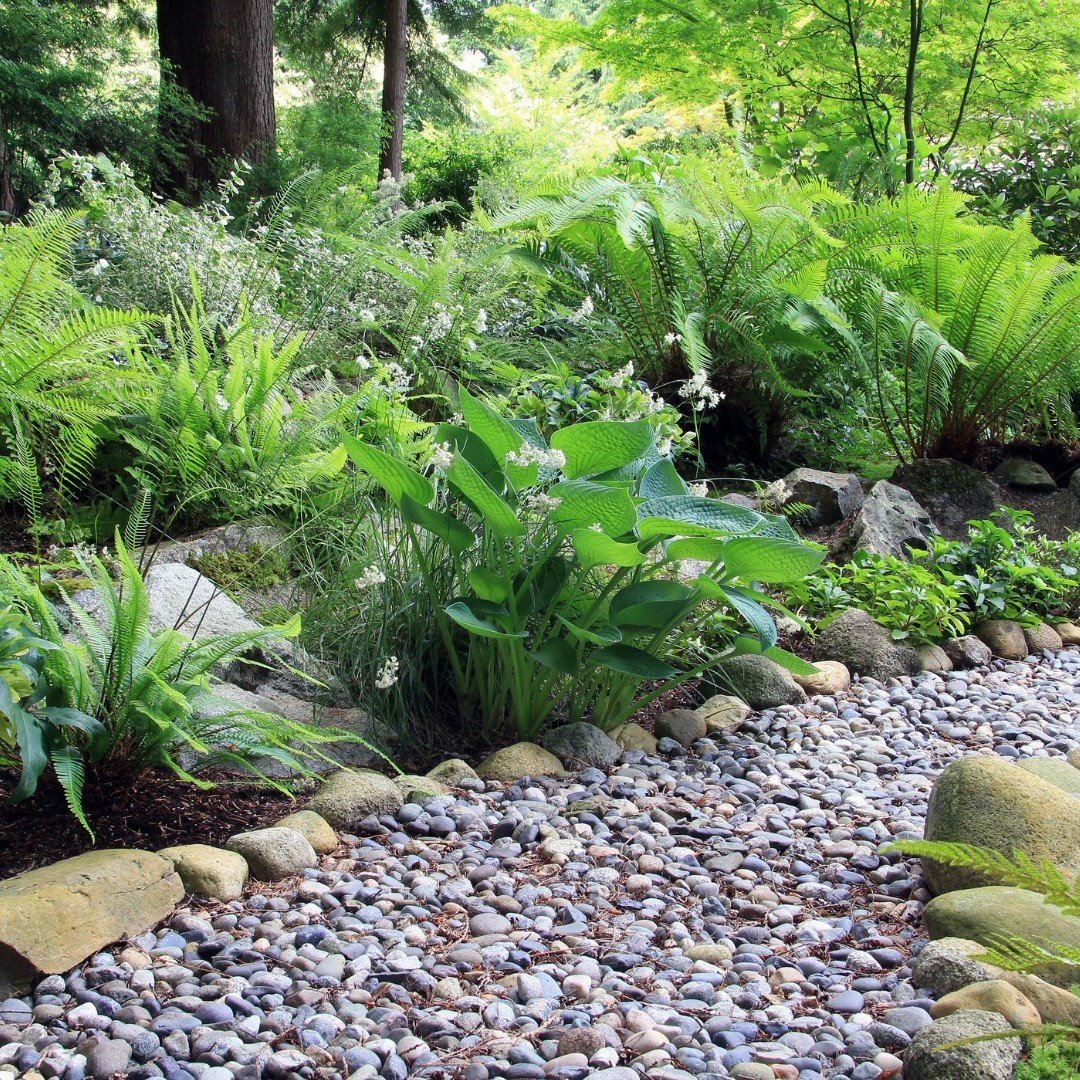
- Ferns (Dryopteris, Polystichum, Athyrium)
- Hostas (Hosta spp.)
- Astilbe (Astilbe spp.)
- Tiarella (Tiarella cordifolia)
Grasses
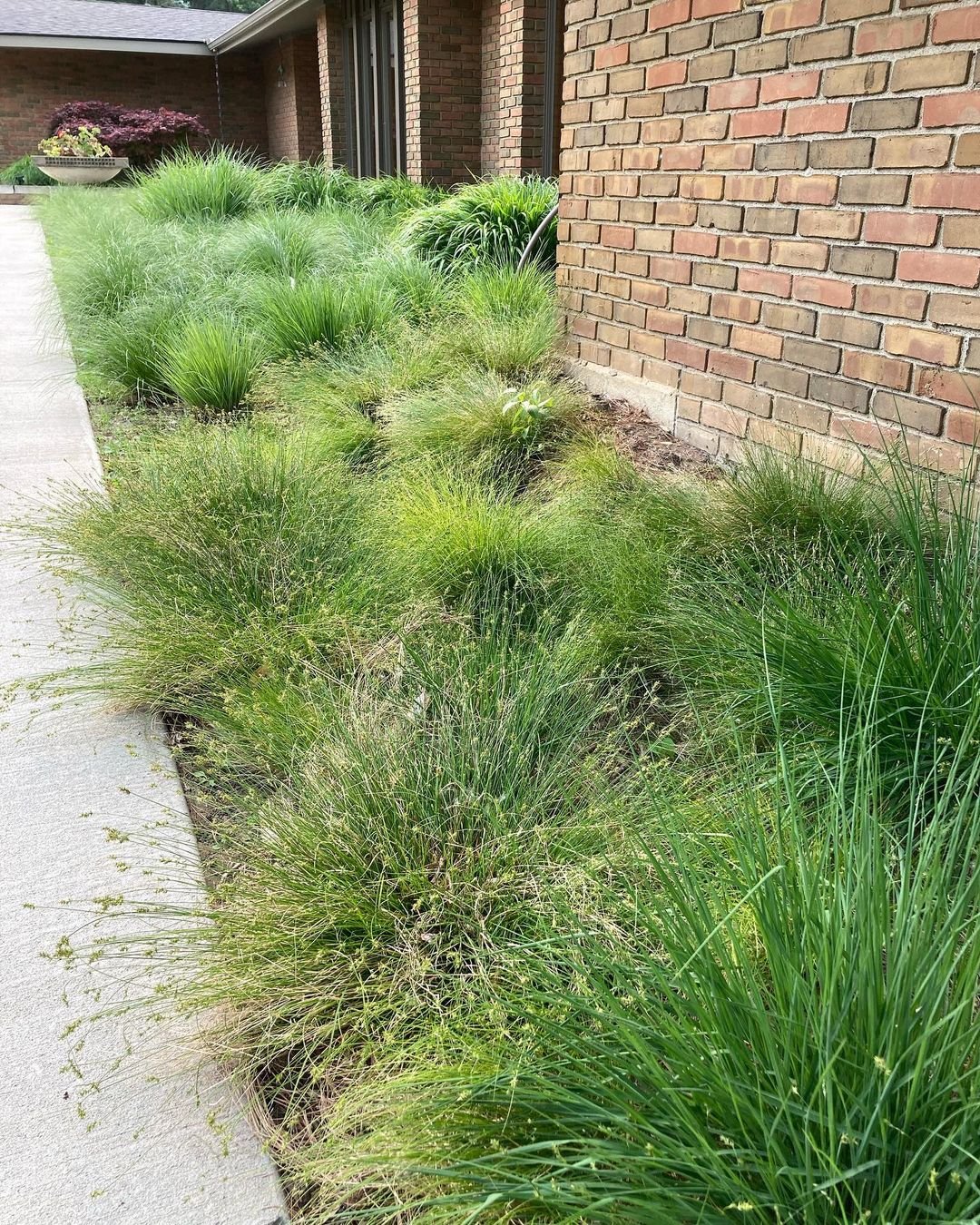
- Liriope (Liriope muscari)
- Carex (Carex spp.)
- Hakonechloa (Hakonechloa macra)
Planting and Maintenance Tips
To ensure your shade-loving slope plants thrive,
follow these best practices:
- Prepare the Soil: Amend the soil with compost or other organic matter to improve drainage and nutrient content.
- Install Erosion Control Measures: Use biodegradable erosion control mats or netting to stabilize the soil until the plants become established.
- Space Plants Appropriately: Allow enough room for the plants to spread and create a dense, weed-suppressing groundcover.
- Mulch Generously: Apply a 2-3 inch layer of mulch to retain moisture and suppress weeds.
- Water Regularly: Newly planted slopes will need consistent watering until the plants become established, usually about 1-2 years.
- Prune and Maintain: Regularly remove any dead or damaged foliage and keep an eye out for pest or disease issues.
Combine Shade-Tolerant Plants for Maximum Impact
For the best results, consider combining different types of shade-tolerant plants to create a visually stunning and functionally effective slope garden.
Here are a few suggested plant combinations:
- Groundcover + Shrub: Pachysandra + Summersweet
- Perennial + Grass: Hosta + Liriope
- Fern + Azalea: Autumn Fern + Southern Indica Azalea
- Ivy + Oakleaf Hydrangea: English Ivy + Oakleaf Hydrangea
By layering plants with different growth habits and textures, you can achieve a lush, naturalistic look that also helps prevent soil erosion.
Maintenance and Troubleshooting
While shade-tolerant slope plants are generally low-maintenance, there are a few common issues to watch out for:
- Drought Stress: Monitor plants during dry spells and water as needed to prevent wilting or browning.
- Weed Encroachment: Stay on top of weeding, as they can quickly outcompete your desired plants.
- Pests and Diseases: Inspect plants regularly for signs of insect infestations or fungal diseases, and address problems promptly.
- Slope Instability: If you notice any major erosion or slope movement, consult a landscape professional for guidance.
Transforming a shaded slope into a thriving, beautiful garden is a rewarding challenge. By selecting the right shade-tolerant plants and following best practices for planting and maintenance, you can create a low-maintenance, erosion-resistant landscape that adds visual interest and function to your outdoor space.
Remember, the key to success is choosing plants adapted to your specific growing conditions and being diligent about caring for them, especially in the first year or two. With a little patience and planning, your sloped garden can become a true oasis of natural beauty and stability.
Happy gardening, and enjoy your stunning, shade-loving slope!
For more gardening tips and
plant care guides, visit usagardenhub.com


